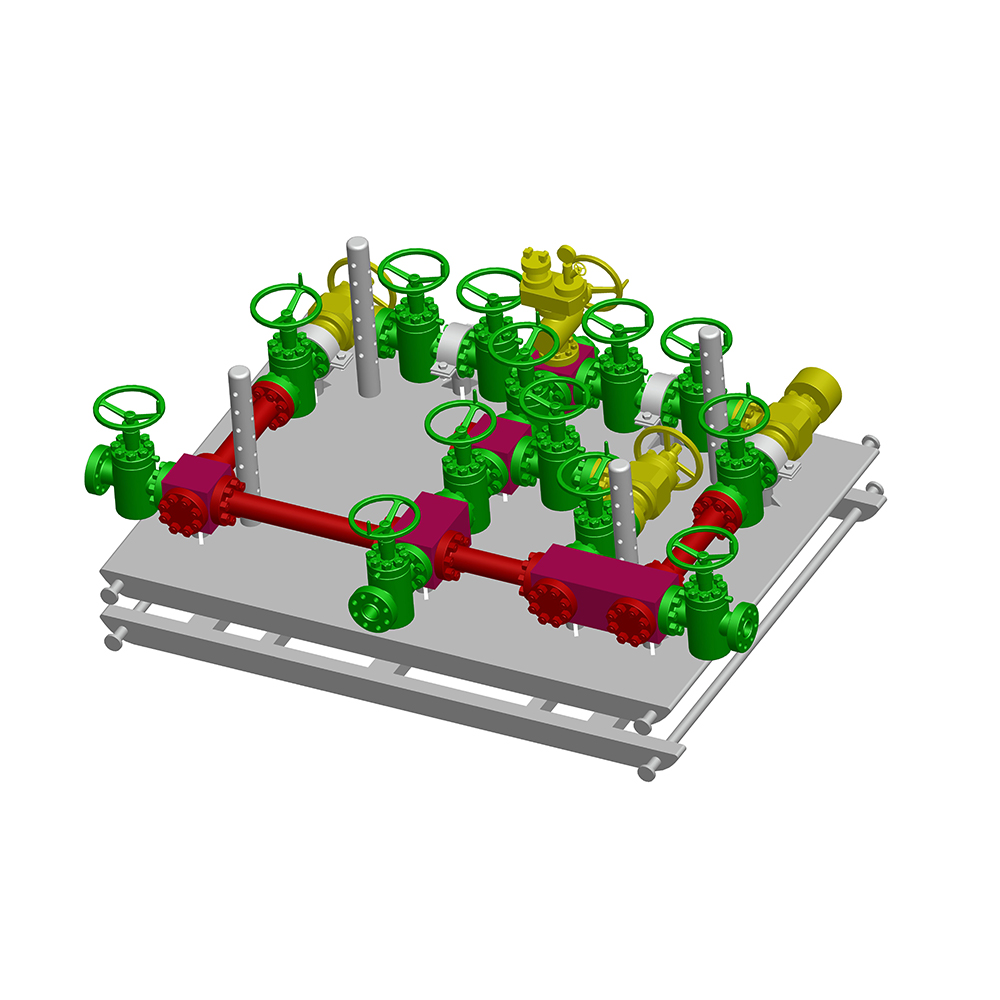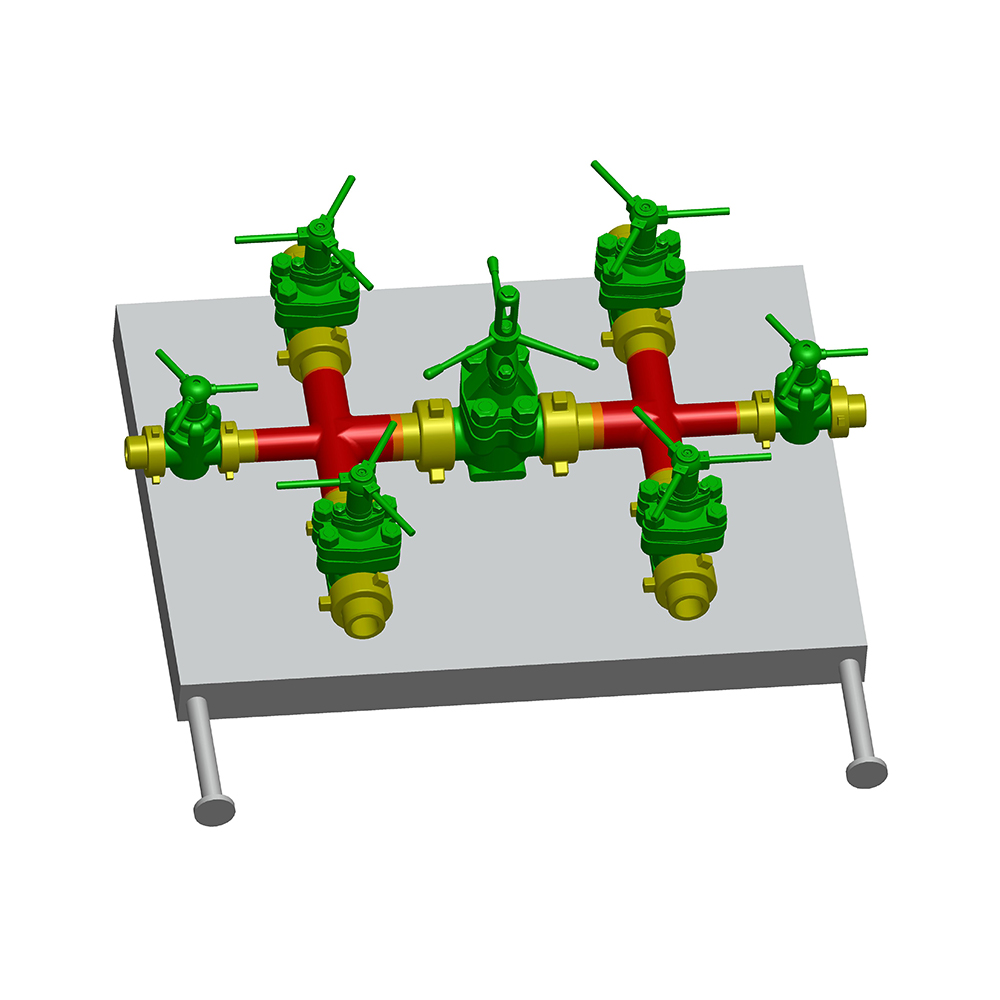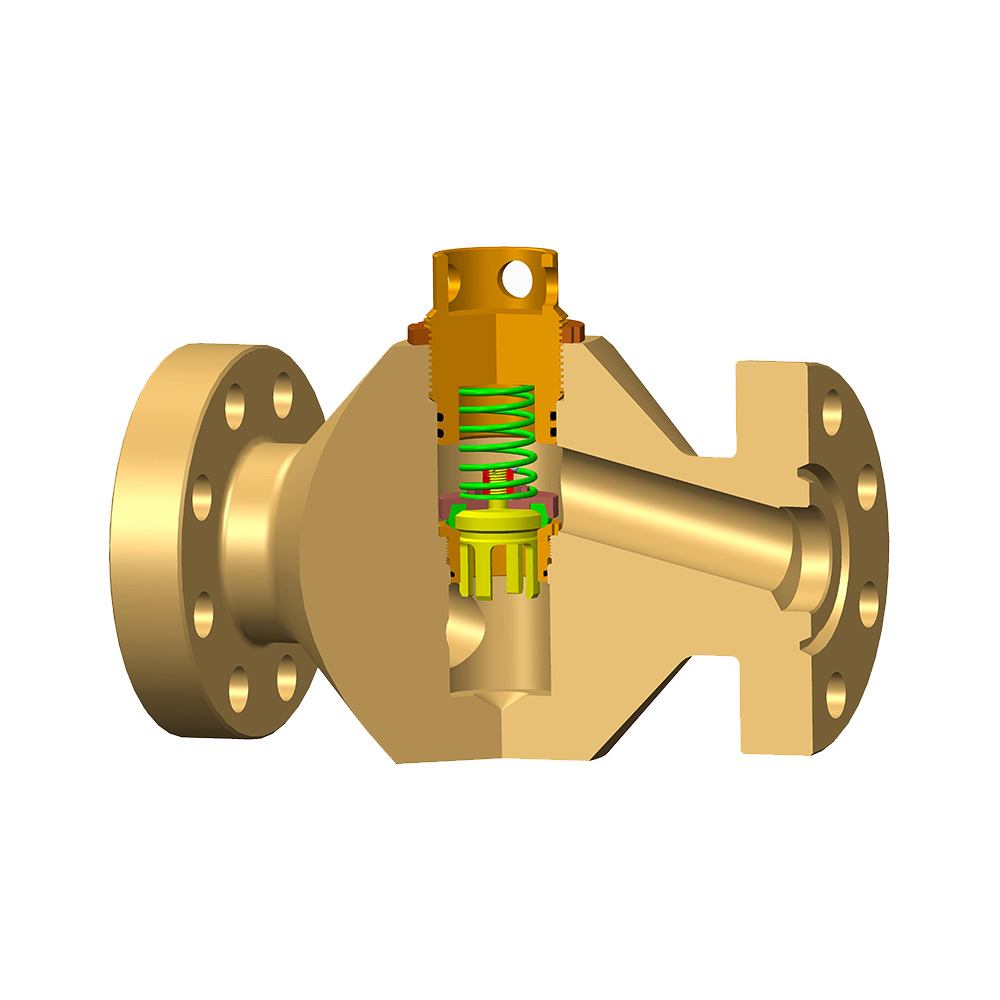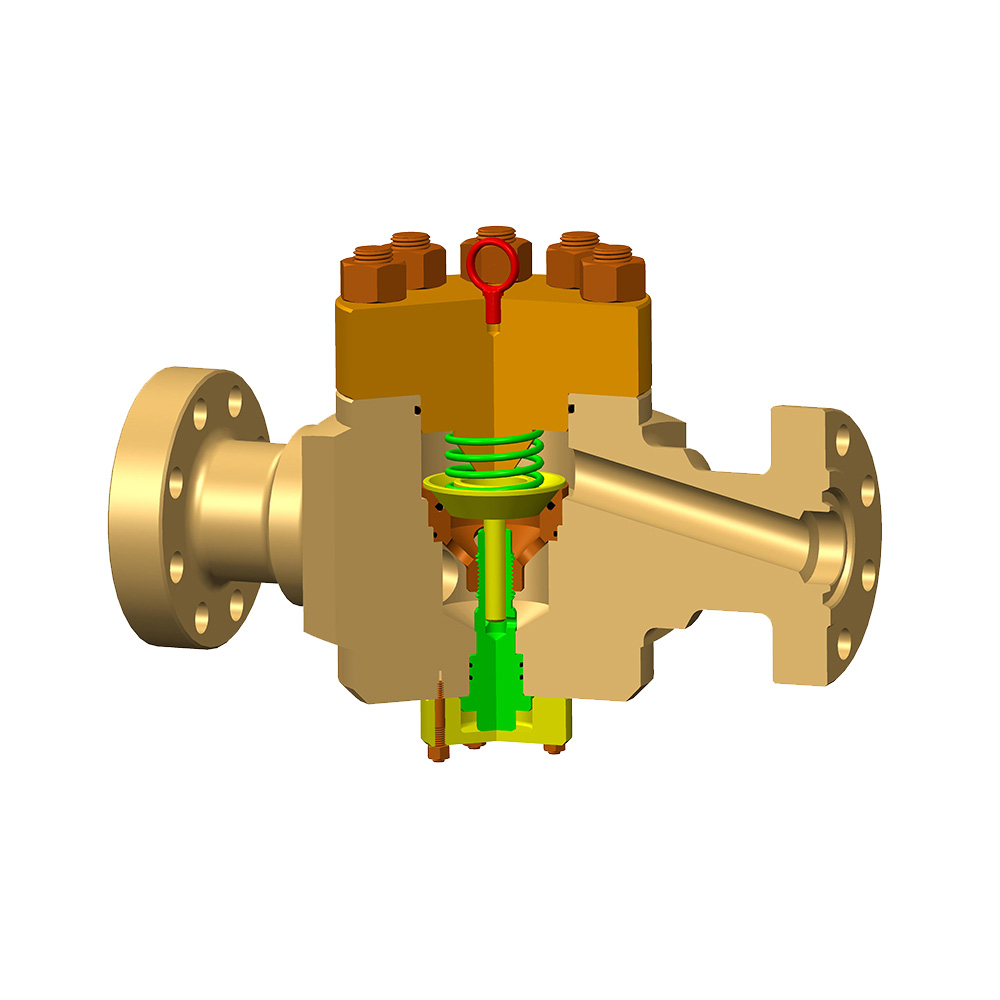Choke valves, specialized flow control devices distinct from standard throttling valves, are essential components in industries where managing high-pressure differentials, controlling flow rates, and protecting downstream equipment are critical operational requirements. Their unique design, featuring a fixed or adjustable restrictive orifice, makes them indispensable in several demanding applications.
Here are the primary domains where choke valves are commonly deployed:
-
Oil and Gas Production (Upstream & Midstream): This is the most prevalent application.
- Wellhead Control: Choke valves are fundamental at the wellhead. They regulate the flow rate of reservoir fluids (oil, gas, water, sand mixture) coming out of the well. This precise control is vital for:
- Reservoir Management: Preventing rapid pressure depletion that can damage the reservoir formation.
- Flow Stabilization: Mitigating slugging and ensuring stable flow into downstream separation facilities.
- Pressure Reduction: Stepping down the extremely high wellhead pressure to levels manageable by production pipelines and processing equipment.
- Sand Control: Fixed chokes can be designed to handle erosive sand-laden flow better than some other valve types.
- Production Manifolds: Used to regulate flow from multiple wells into gathering lines or test separators.
- Well Testing: Critical for accurately measuring flow rates during well tests by providing a known pressure drop.
- Water/Gas Injection Wells: Used to control the injection rate of water or gas for reservoir pressure maintenance or enhanced oil recovery (EOR).
- Wellhead Control: Choke valves are fundamental at the wellhead. They regulate the flow rate of reservoir fluids (oil, gas, water, sand mixture) coming out of the well. This precise control is vital for:
-
Process Industries:
- Chemical & Petrochemical Plants: Employed in processes requiring precise control of high-pressure drops across reactor feed lines, catalyst regeneration systems, or where handling erosive/corrosive fluids is necessary. They protect sensitive equipment like control valves and pumps from excessive pressure or erosion.
- Power Generation (Specific Applications): Found in boiler feedwater systems, steam letdown stations, or auxiliary systems where significant pressure reduction of liquids or steam is required before further processing or use.
- Pulp & Paper: Used in high-pressure chemical feed systems (e.g., cooking liquor) and steam distribution networks.
-
Utilities and Other Applications:
- High-Pressure Water Systems: Used in desalination plants, mining operations (slurry transport, tailings), and high-pressure washdown systems for pressure reduction and flow control.
- Geothermal Energy Production: Similar to oil/gas wellheads, chokes are used to control the flow of high-pressure, high-temperature geothermal fluids (steam/water mixture) from production wells.
- Refrigeration Systems (Ammonia): Sometimes used as expansion devices in large industrial refrigeration systems handling ammonia.
Key Reasons for Choke Valve Selection in These Areas:
- High Pressure Drop Handling: Engineered specifically to withstand and control severe pressure differentials that would rapidly damage or destroy standard control valves.
- Erosion Resistance: Designs (especially fixed chokes with hardened materials like tungsten carbide) offer superior resistance to abrasive particles common in well fluids, slurries, and catalyst streams.
- Cavitation Management: Specific trim designs can help minimize or control cavitation damage caused by liquid flashing across the valve.
- Simplicity & Reliability: Fixed chokes offer a robust, low-maintenance solution for constant flow control points. Adjustable chokes provide flexibility where flow rates need variation.
- Downstream Protection: By managing pressure and flow upstream, they safeguard critical and often expensive downstream equipment like separators, pumps, turbines, and control valves.
In essence, choke valves are the workhorses of flow control wherever processes involve high upstream pressures, significant pressure reduction needs, challenging fluids (erosive, corrosive, multiphase), and where operational stability and equipment protection are paramount. Their deployment is dictated by the demanding physics of the application rather than simple flow regulation.







